We have reached 1938 followers! That year, a small fishing crew, just off the coast of South Africa, pulled something unexpected out of Indian Ocean& #39;s waters.  https://abs.twimg.com/emoji/v2/... draggable="false" alt="👇" title="Down pointing backhand index" aria-label="Emoji: Down pointing backhand index">
https://abs.twimg.com/emoji/v2/... draggable="false" alt="👇" title="Down pointing backhand index" aria-label="Emoji: Down pointing backhand index"> https://abs.twimg.com/emoji/v2/... draggable="false" alt="🎣" title="Fishing pole and fish" aria-label="Emoji: Fishing pole and fish">
https://abs.twimg.com/emoji/v2/... draggable="false" alt="🎣" title="Fishing pole and fish" aria-label="Emoji: Fishing pole and fish">
This fish was unlike any other they had seen. Marjorie Courtenay-Latimer, a curator of the East London museum and her staff, identified it as a coelacanth, a specie believed extinct since the time of the dinosaurs. The new specimen was named Latimeria after her.
A century earlier, a fossilized coelacanth had caused a stir. In its lobed fins, some saw clues to the identity of the "missing link", the first fish that crawled out of the sea to evolve into amphibians, reptiles, and mammals. This was, therefore, no small catch.
Note that the coelacanth is labelled a & #39;living fossil.& #39; Johannes Fabian has described the scientific tendency to imagine travel away from white & #39;civilized& #39; settlement as trips back in time. This was true of anthropologists and, it seems, for those gazing down the deep ocean.
Science and scientific discovery often serve to legitimize colonial enterprise and to enhance the prestige of political regimes. This was therefore an important publicity coup for the Dominion of South Africa. Here are 1989 South African stamps commemorating the & #39;discovery.& #39;
Moreover, for a young settler project like South Africa, appropriating the deep past, either through romancing the rock formations fo the veld or in the & #39;discovery& #39; and naming a new subspecies of coelacanth, served to root the polity in time and space.
Unfortunately, the inside organs of the East London specimen were not preserved long enough to allow close inspection.
South African museums launched a regional search. Rewards were promised.
South African museums launched a regional search. Rewards were promised.
It took fourteen years, but on Christmas Eve 1952 word reached Rhodes University researchers that a coelacanth had been caught in the Comoros. The problem?
The Comoros were then a French colony.
The Comoros were then a French colony.
To prevent this second coelacanth from falling into the hands of French science, D.F. Malan, prime minister of South African since 1948 and architect of Apartheid, despatched a military aircraft and a scientific team to take custody of the specimen.
Malan, a creationist, wasn& #39;t enthused by the riddle of evolution. Yet he sensed that as the Apartheid state was increasingly politically isolated, science (like sports) was a vector thought which it could engage internationally and show its modern character.
But the French government, aggrieved, responded by preventing any foreign researchers to work with coelacanths fished in their national waters.
Of course, we must question any talk of & #39;discovery& #39; by western science. In this case, it elides another story. Coelacanths were always well known among Comores fishermen and in Indonesia, never thought extinct, and as well invested with an ancestral character.
Finally, Coelacanths are beautiful and can grow pretty large. https://abs.twimg.com/emoji/v2/... draggable="false" alt="🐟" title="Fish" aria-label="Emoji: Fish">
https://abs.twimg.com/emoji/v2/... draggable="false" alt="🐟" title="Fish" aria-label="Emoji: Fish"> https://abs.twimg.com/emoji/v2/... draggable="false" alt="🐟" title="Fish" aria-label="Emoji: Fish">
https://abs.twimg.com/emoji/v2/... draggable="false" alt="🐟" title="Fish" aria-label="Emoji: Fish">

 Read on Twitter
Read on Twitter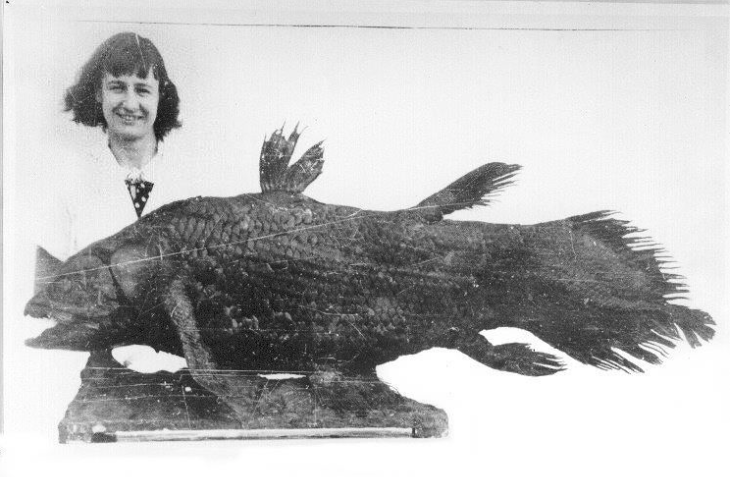
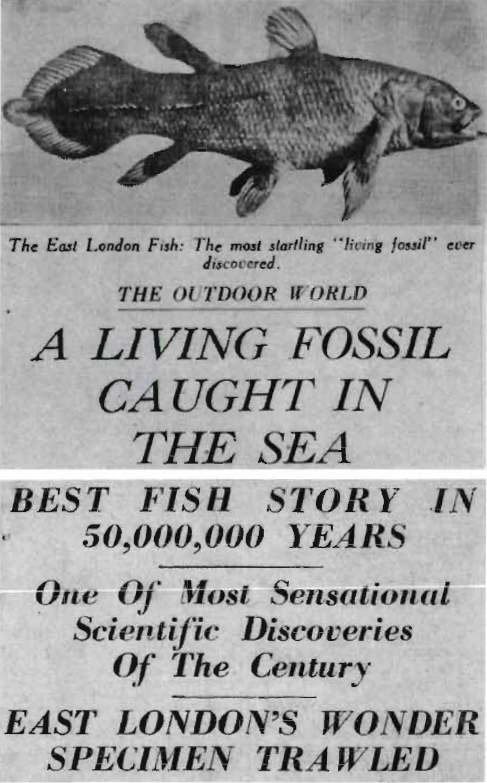

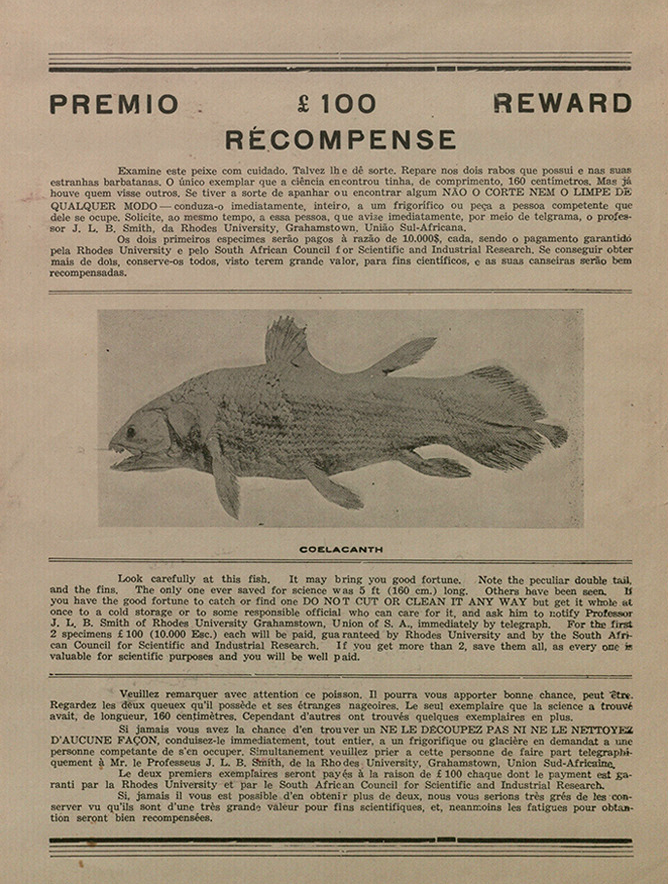
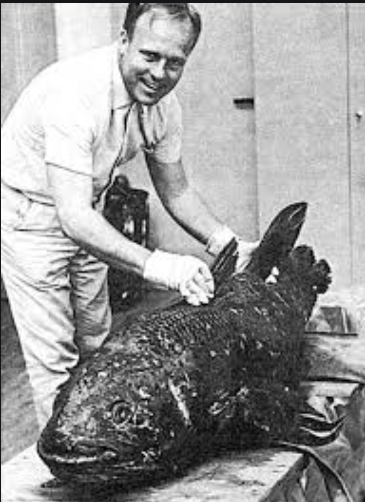

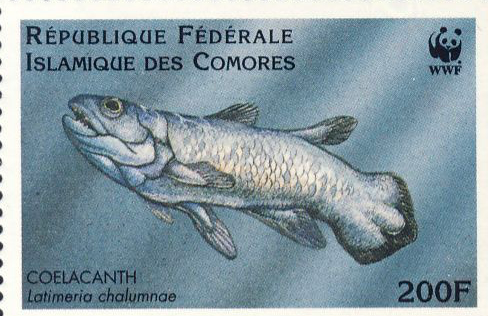
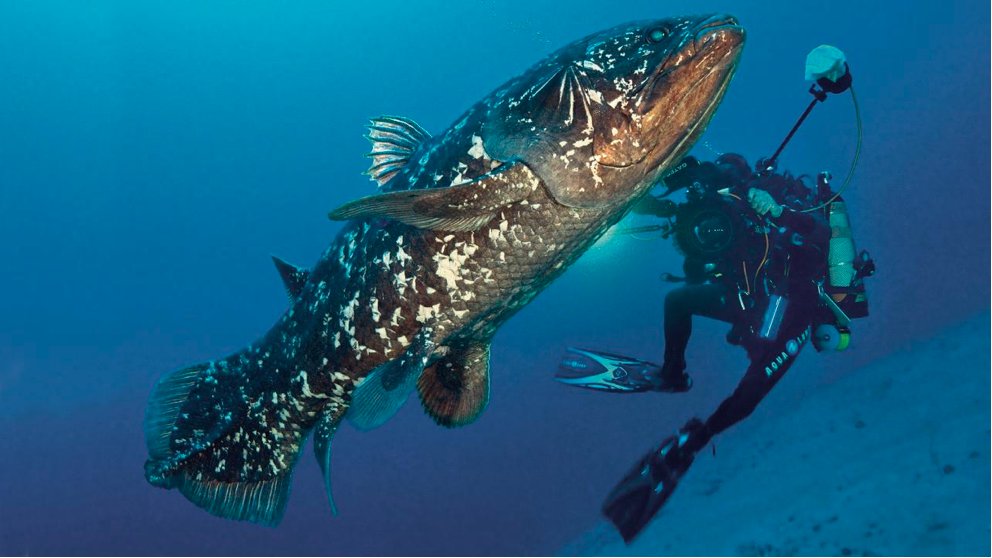 https://abs.twimg.com/emoji/v2/... draggable="false" alt="🐟" title="Fish" aria-label="Emoji: Fish">" title="Finally, Coelacanths are beautiful and can grow pretty large.https://abs.twimg.com/emoji/v2/... draggable="false" alt="🐟" title="Fish" aria-label="Emoji: Fish">https://abs.twimg.com/emoji/v2/... draggable="false" alt="🐟" title="Fish" aria-label="Emoji: Fish">" class="img-responsive" style="max-width:100%;"/>
https://abs.twimg.com/emoji/v2/... draggable="false" alt="🐟" title="Fish" aria-label="Emoji: Fish">" title="Finally, Coelacanths are beautiful and can grow pretty large.https://abs.twimg.com/emoji/v2/... draggable="false" alt="🐟" title="Fish" aria-label="Emoji: Fish">https://abs.twimg.com/emoji/v2/... draggable="false" alt="🐟" title="Fish" aria-label="Emoji: Fish">" class="img-responsive" style="max-width:100%;"/>


